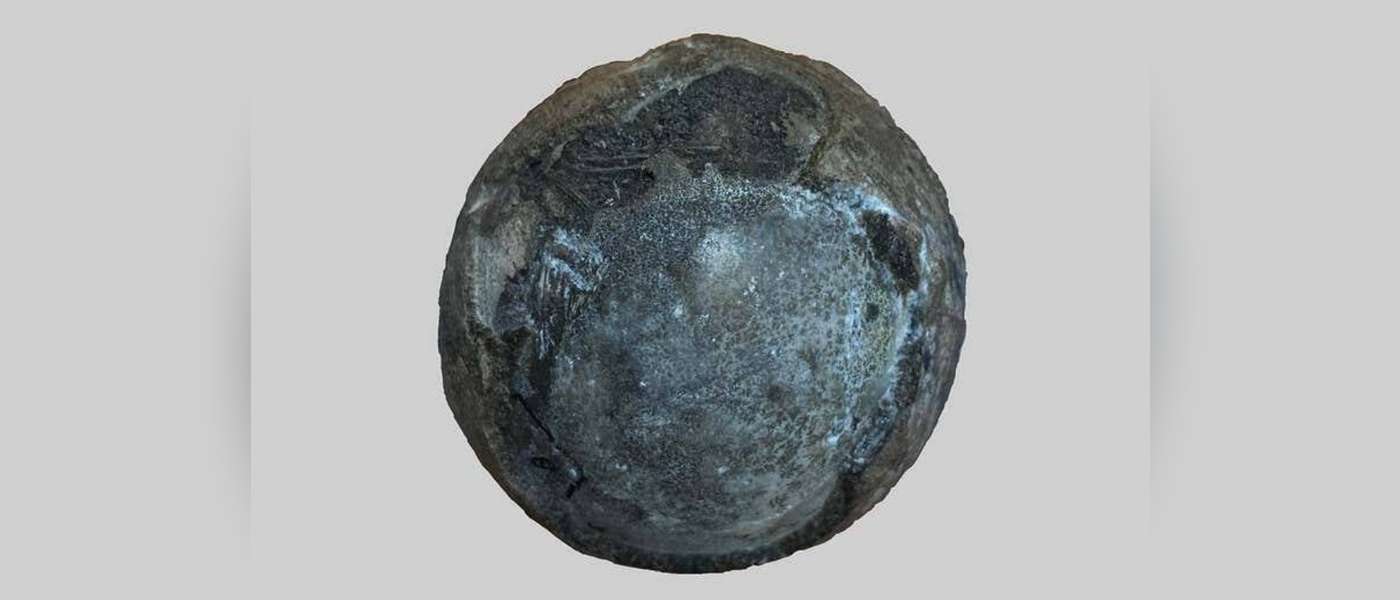New Technology for Saving Endangered Sea Turtles Uses Decoy GPS Eggs to Catch Poachers - And it Works
A new study published in the journal Current Biology has found that planting GPS-enabled decoy eggs could help find baby turtle traffickers.

Finding fossilized dinosaur eggs is not unheard of, but finding the fossilized remains of an embryo within the egg is rare indeed.
Fortunately for a pair of paleontologists working in one of Earth's great honeypot regions for dinosaur bones-North China-a local farmer had a few gems lying around to check over and inspect.
In a box of what the farmer believed were strange, intriguing rocky orbs, scientists Fenglu Han and Haishui Jiang noticed one that was different enough to merit closer examination.
The bony remains of the treasure contained within the eggshell were the only clues the scientists had to its origin, and while the farmer led them to the site where he found it, subsequently discovered specimens had held up very poorly over the years.
Egg in possession, Jiang and Han looked to examine it using micro-computed tomography, which would allow them to peer through the shell's exterior. What they found was a jumble of bones which consultants determined looked strikingly like a turtle embryo.
Belonging to an extinct genus of giant land tortoises called Nanhsiungchelyidae that lived among the Cretaceous period-the geological curtain call of the age of dinosaurs-the find "is one of the largest and thickest shelled Mesozoic turtle eggs known," write the authors in a study published in Proceedings of the Royal Society B.
The turtle which laid the egg would have been among the largest turtles to ever exist, and from shell tip to shell tail would have been as tall as a grown man.
How the turtle might have lived is difficult to imagine. All scientists know was that it was a plant eater, but the details within the eggshell may hint at what its habitat was like when it lived 144 to 66 million years ago.
"The thick-shelled, spherical eggs of nanhsiungchelyids may have been an adaptation, at least in part, to incubation in harsh arid environments," write the authors in their paper.
"Among [living] turtles, a calcified rigid shell limits the movement of water outside the eggshell to prevent excess water loss of the egg during incubation. Spherical eggs can also reduce water loss and thickened eggshell in some reptiles may be an adaptation to an arid climate."
As scientists speaking with National Geographic discussed, the baby turtle would have to be a little Hercules to push his way out of such a thick shell.
While nanhsiungchelyids went extinct along with the non-avian dinosaurs, their aquatic relatives sailed right on through, along with other success stories like crocodiles, snakes, and ocean life.
The giant tortoises of the Galapagos are slow-moving plant eaters, similar to nanhsiungchelyids. Putting them in the post-asteroidal apocalypse that occurred on Earth, when much of the plant life died out, would probably see them die off like their ancient ancestors.
HATCH a Little Good News For Chums by Sharing This Story…
Be the first to comment